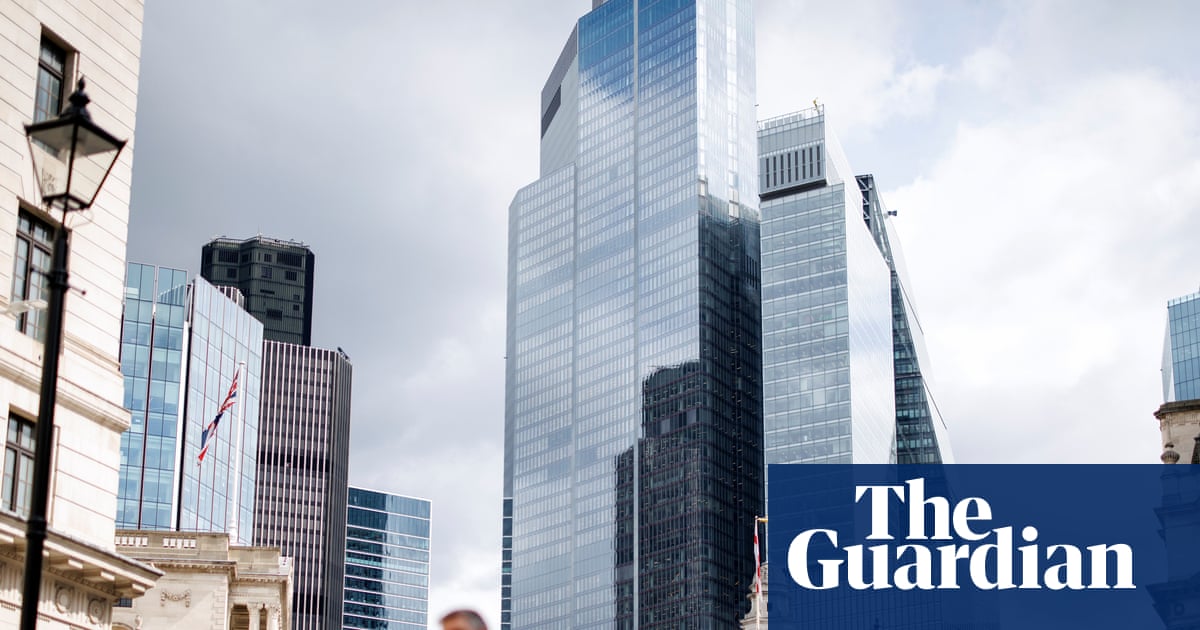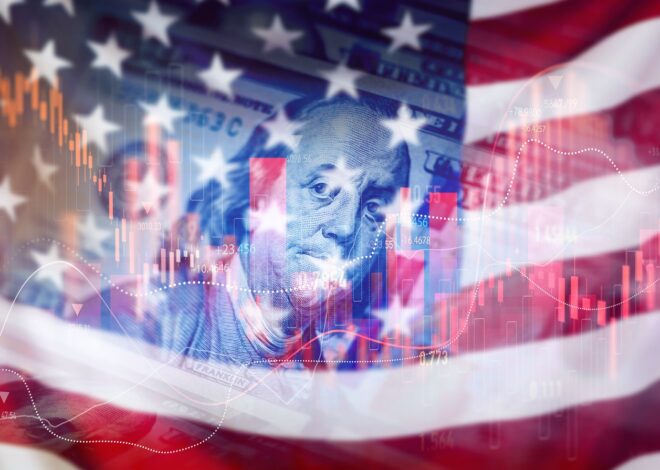
UK to suffer highest inflation in G7 this year, says OECD | Global economy
The UK is expected to suffer the highest inflation among G7 nations this year, the Organisation for Economic Co-operation and Development has said.
Amid resurgent food prices, with some retailers blaming the UK government’s £25bn-a-year increase in employer national insurance contributions (NICs) for pushing up costs, the OECD predicts that inflation in the UK will average 3.5% in 2025.
The figure is well above even that of the US, at 2.7%, despite Donald Trump imposing the biggest tariffs since the 1930s on imports – a policy expected to push up prices.
The OECD said UK inflation would slow to 2.7% next year, still well above the Bank of England’s 2% target.
The Bank has pointed to regulated prices such as water and energy bills, as well as the NICs rise, to help explain above-target inflation.
The OECD also suggested tough tax and spending plans would put the brakes on economic growth in the UK over the next 12 months.
It predicted modestly stronger GDP growth for the UK this year of 1.4%, up from 1.3% in its last forecast. However, its projection for next year is unchanged at a relatively sluggish 1% – an unhelpful forecast for the chancellor, Rachel Reeves, as Labour attempts to kickstart growth.
The body said Britain’s “tighter fiscal stance” – higher taxes and reduced government spending – was expected to weigh on the economy. Reeves will present her budget, at which she is expected to raise taxes, on 26 November.
If the OECD’s growth forecasts are accurate, it would put the UK’s GDP growth rate for next year in the middle of the pack for the G7 nations – behind the US (1.5%), Germany (1.1%) and Canada (1.2%) but ahead of Italy (0.6%), Japan (0.5%) and France (0.9%). This year, the UK is expected to be the second fastest-growing country in the G7, behind the US.
Labour’s target before last year’s general election was to “secure the highest sustained growth in the G7” – though it was unclear over what period.
Responding to the OECD forecasts, Reeves said: “These figures confirm that the British economy is stronger than forecast – it has been the fastest growing of any G7 economy in the first half of the year. But I know there is more to do to build an economy that works for working people and rewards working people.”
The Conservative party leader, Kemi Badenoch, said: “The OECD report is a damning verdict on Starmer’s weak economic management. Growth is shrinking, inflation highest in the G7 – all driven by Labour’s tax hikes. Britain needs strong leadership and a clear plan.”
The tricky UK forecasts came in the OECD’s interim economic outlook, in which the Paris-based club of industrialised countries said the economic impact of Trump’s tariffs had been slower than expected to materialise, but would hit global growth in the coming months.
It has upgraded its projection for global GDP this year, to 3.2%, up from the 2.9% it expected in its last forecast in June.
“Global growth was more resilient than anticipated in the first half of 2025, especially in many emerging-market economies,” it said in its interim economic outlook, adding that “industrial production and trade were supported by front-loading ahead of higher tariffs”.
However, with labour markets in several countries, including the US, already slowing and the impact of front-loaded exports waning, the OECD expects weaker global growth of 2.9% in 2026 – the same as in its June forecast.
Trump’s trade policy has shifted repeatedly since he announced a wave of “reciprocal” tariffs on what he called “liberation day” in April, targeting particular countries, regions and products.
The OECD estimates the average tariff applied on imports to the US was 19.5% at the end of last month: the highest since 1933.
As a result, and also because of slower net immigration – another Trump policy – the OECD expects US GDP growth to slow, from 2.8% last year to 1.8% this year and 1.5% in 2026. “The impacts of higher tariff rates are yet to be fully felt in the US economy,” it said.
Separately, a survey of private sector businesses showed that a revival in sales and boardroom confidence over recent months petered out in September as firms coped with rising input costs and a continuing reluctance among consumers to spend.
The S&P Global flash composite purchasing managers’ index (PMI) “eased markedly” to 51.0 this month from August’s 12-month high of 53.5. A score above 50 indicates growth.
Chris Williamson, the chief business economist at S&P Global Market Intelligence, said the prospect of further taxes rises in November’s budget was dampening business sentiment.
